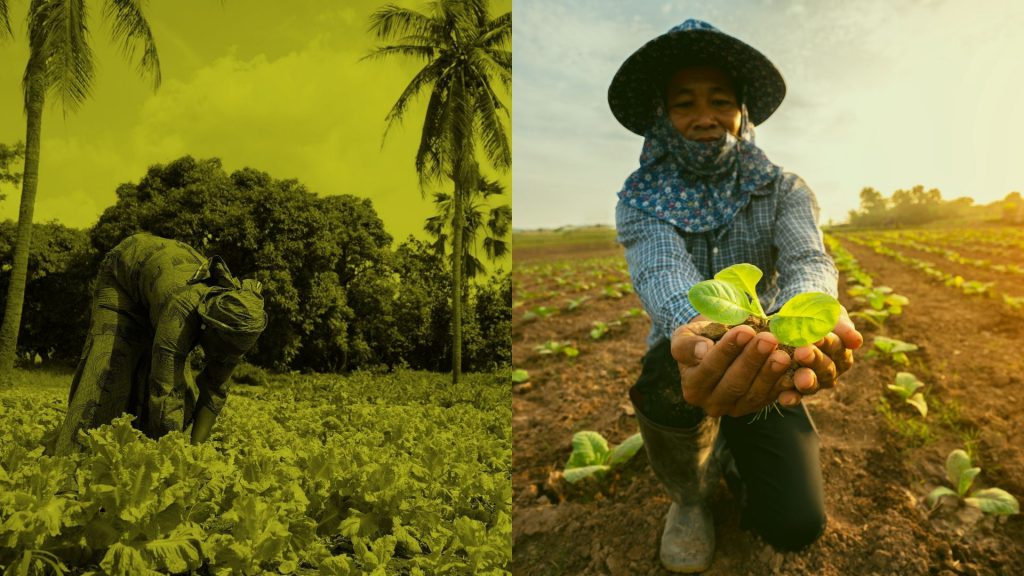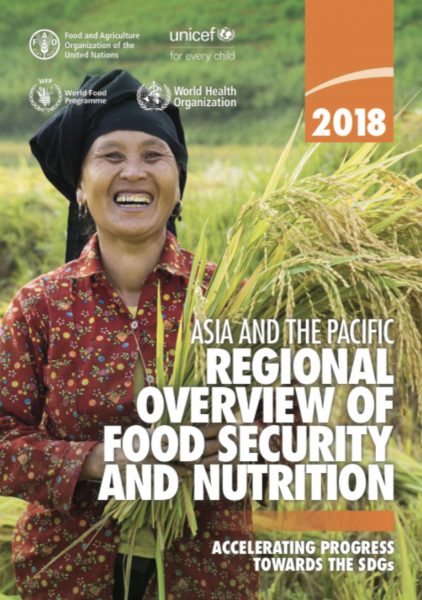UN Agencies recently warned of “colossal human loss” to Asia as the fight against malnutrition has come to a standstill. Nearly half a billion people are undernourished in the region. Food and nutrition security is negatively affected by a changing climate which is impacting agriculture.
Adapting agriculture to new climate trends while also raising production poses huge challenges to small food producers. Among a wide range of measures, these producers need to be included in food value chains and get access to new, stress-tolerant crop varieties, according to the UN.
Is the seed industry well positioned to partner in this challenge? This first evaluation of 24 leading seed companies in South and Southeast Asia shows that the industry is present in all countries. It is highly research-driven, releasing new varieties for a broad variety of crops. Seeds are sold in package sizes tailored to the needs of smallholders.
However, sales activities are not often accompanied by training to help farmers in adapting their practices and adopting new technologies. In addition, breeding and production activities tend to be concentrated in only a handful of countries. As a result, seed sector development in other countries does not progress to the same degree. Ultimately, the majority of smallholders in the region have yet to be reached.




